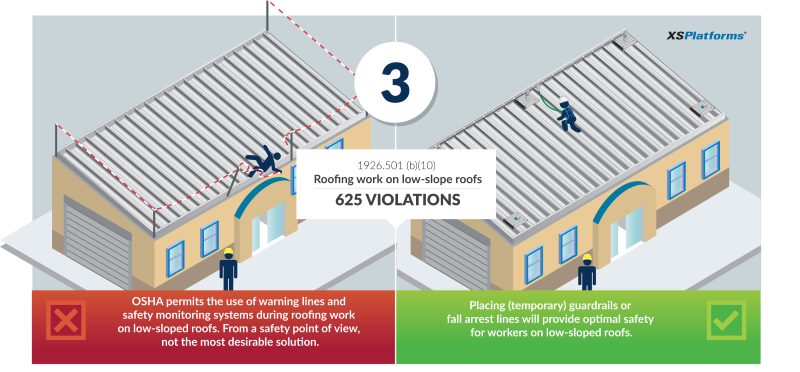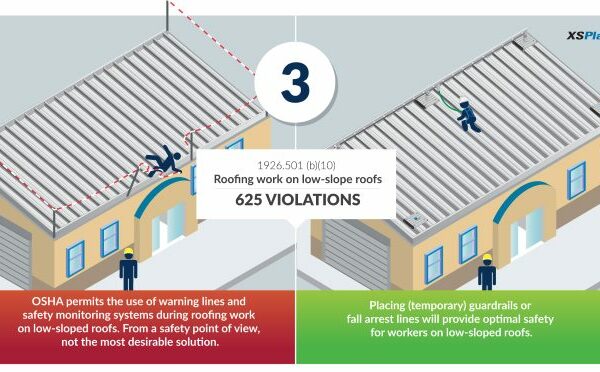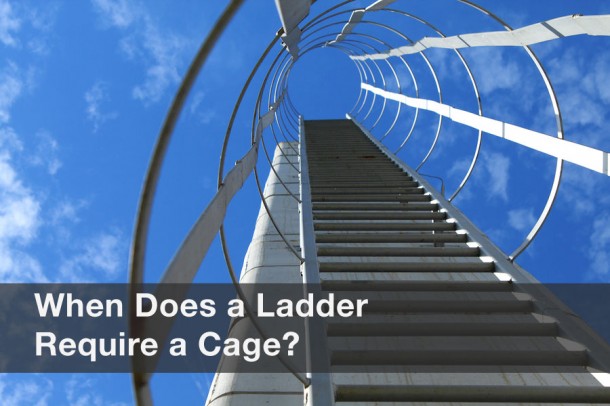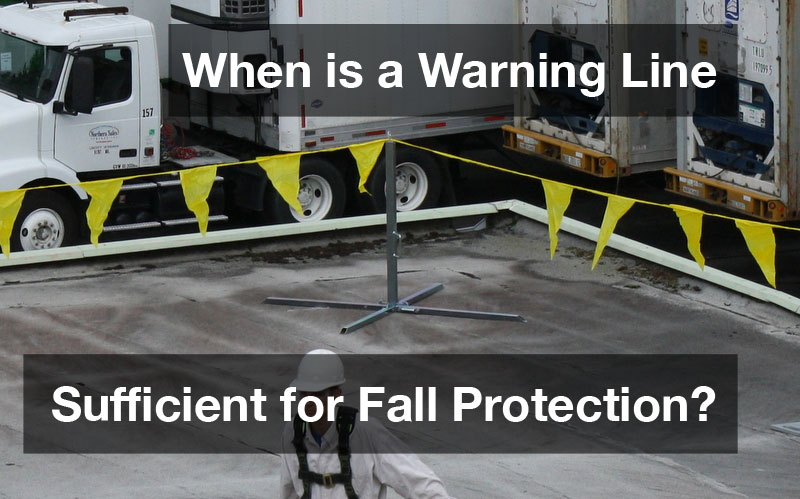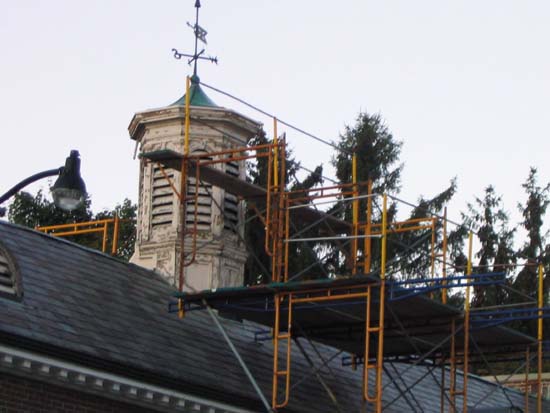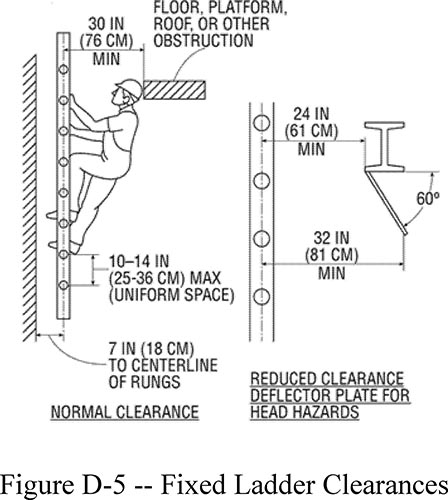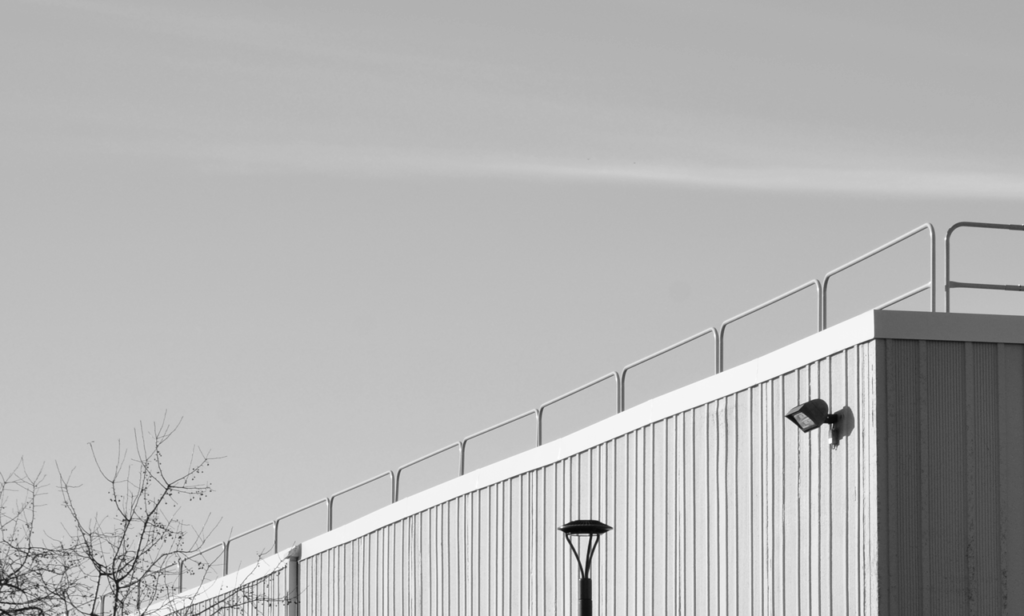Osha defines a low slope roof as a roof having a slope of less than or equal to 4 inches of vertical rise for every 12 inches horizontal length 4 12 1926 500 b definitions.
Osha roof work regulations.
Understand the requirements of osha s fall protection standards at 29 cfr 1926 subpart m to protect workers exposed to falls six feet or more above a lower level.
Since fall protection historically has been the most violated.
Osha requires fall protection for workers on surfaces over six feet off the ground that do not have.
Walking working surfaces and fall protection systems.
Osha holds employers responsible for deciding whether a roof provides enough structural strength and.
Implement safe work practices to reduce the possibility of falls.
1926 502 c 9 connections between safety net panels shall be as strong as integral net components and shall be spaced not more than 6 inches 15 cm apart.
Previously osha stated no safe distance when it came to working on an unprotected roof edge.
1926 502 c 8 each safety net or section of it shall have a border rope for webbing with a minimum breaking strength of 5 000 pounds 22 2 kn.
Osha enforces its regulations and standards by conducting inspections based on priority such as an imminent danger situation fatality or a worker complaint.
Lay headers sheets of roofing or other materials no closer than 5 feet inside the edges of the roof and parallel to.
Pdf fall protection.
Osha safety standards especially for roof fall protection can be a source of confusion for many industrial companies.
Reducing falls during residential construction.
Osha s new fall regulations to affect 112 million workers 1.
Re roofing fact sheet osha fs 3503 2012 english.
Osha regulations for roofing walking surfaces.
This is important because the osha definition is used as a basis for implementing low slope fall protection measures such as warning line systems and safety monitors.
Current workers or their representatives may file a written complaint and ask osha to inspect their workplace if they believe there is a serious hazard or that their employer is not.
Employees should have.
Install warning lines no closer than 5 feet inside the roof edges and at a height of 34 to 45 inches.
Two osha standards can apply 29 cfr 1910 which governs general industry safety standards and 29 cfr 1926 which governs construction sites specifically the osha general industry standards exclude construction as well as agriculture and marine industries which.
Place warning lines and headers around the entire roof perimeter.
